With my assignment to the Austrian Press and Information Service in 2006, I was honored to serve as successor to a number of distinguished Austrian diplomats and journalists.
Read MoreThe need to create an Austrian Information Service in America was recognized by Ambassador Matsch, Consul General and Austria’s Observer to the United Nations in New York, and Deputy-Consul Leitner in spring 1948.
Read More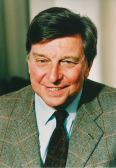
The renowned Austrian journalist, Hugo Portisch, who worked for the Austrian Information Service from 1953 to 1955 regarded those times as a very valuable formative experience. In 1953, Dr. Eugen Buresch took over as head of the Information Service in New York. The Information Service, which previously was a section of the Consulate General in New York, was established as an independent office located within the Consulate General. In these years before the signing of the State Treaty, relations between Austria and the U.S. were very strong. Portisch, who began in 1948 as a journalist working for the Wiener Tageszeitung, came to the U.S. as one of ten participants in a program for journalists financed by the Rockefeller Foundation in cooperation with the State Department and the University of Missouri. The academic program was followed by several internships with various U.S. newspapers throughout the country, giving him a clear insight and understanding of the U.S. media.
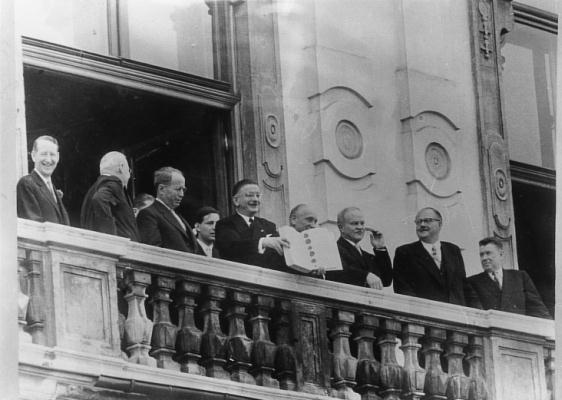
Otto Zundritsch (1967 - 1976)
Dr. Johann Kronhuber (1955 – 1959) and Kurt Hampe (1959 – 1967) succeeded Eugen Buresch. In 1976 Dr. Otto Zundritsch took over as head of the Information Service. Zundritsch came from the Federal Press Service in the Federal Chancellery, which was then responsible for the Information Service in New York. Although initially assigned to Washington, D.C. as Press Counselor, he later became director of the Austrian Information Service in New York on December 17, 1967, where he remained for nine years.
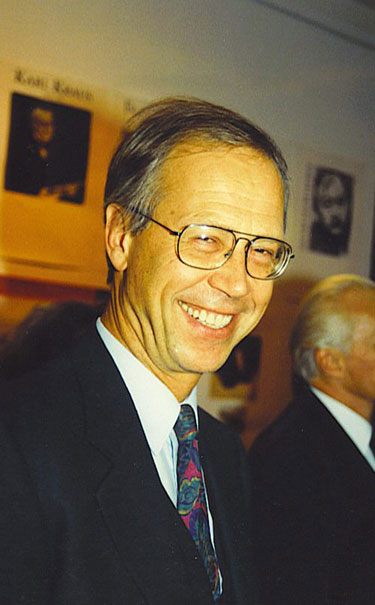
Peter Marboe (1970 - 1983)
Peter Marboe began working with the Austrian Information Service in 1970 under Zundritsch and Fenkart, and from 1979 to 1983 served as head of the Press and Information Service. He felt that 1970 was a particularly good time to begin in New York. “Everything seemed on the verge of change. There was a feeling of increasing readiness among Austrian Jewish exiles who had escaped the murderous Nazi regime to reach out to the next generation of Austrians with more confidence. I was, of course, pleased to work as successor to Fritz Molden and Martin Fuchs who had been resistance fighters and to Hugo Portisch who had also been assigned to the Information Service. All of them enjoyed a very good reputation among the Austrian emigrants.“
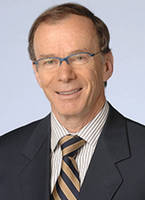
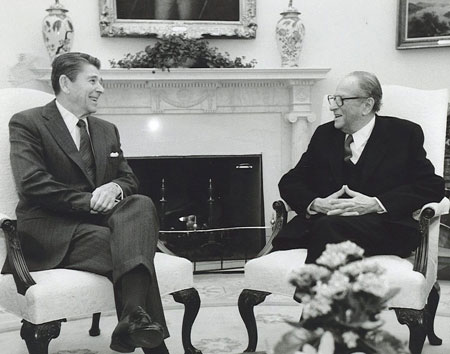
Eugen Freund (1979 – 1984) Another well-known Austrian journalist working several years with the Austrian Information Service was Eugen Freund, who later became Austrian correspondent and bureau chief of the Austrian Radio and Television in Washington D.C. In his own words, he recounts his vivid memories of those years in the early 1980s: “Before Haider, before Waldheim, was anything happening in Austria that could have been of interest to the U.S.? Indeed. Of course, although we were not always happy with what we saw; for example, on March11, 1982, The New York Times had Col. Muammar Ghaddafi on its cover. That was alright in principal, but the gentleman next to him, arm in arm, was Austrian Chancellor Bruno Kreisky. At that time Ghaddafi was the embodiment of evil, the Saddam Hussein of the eighties.
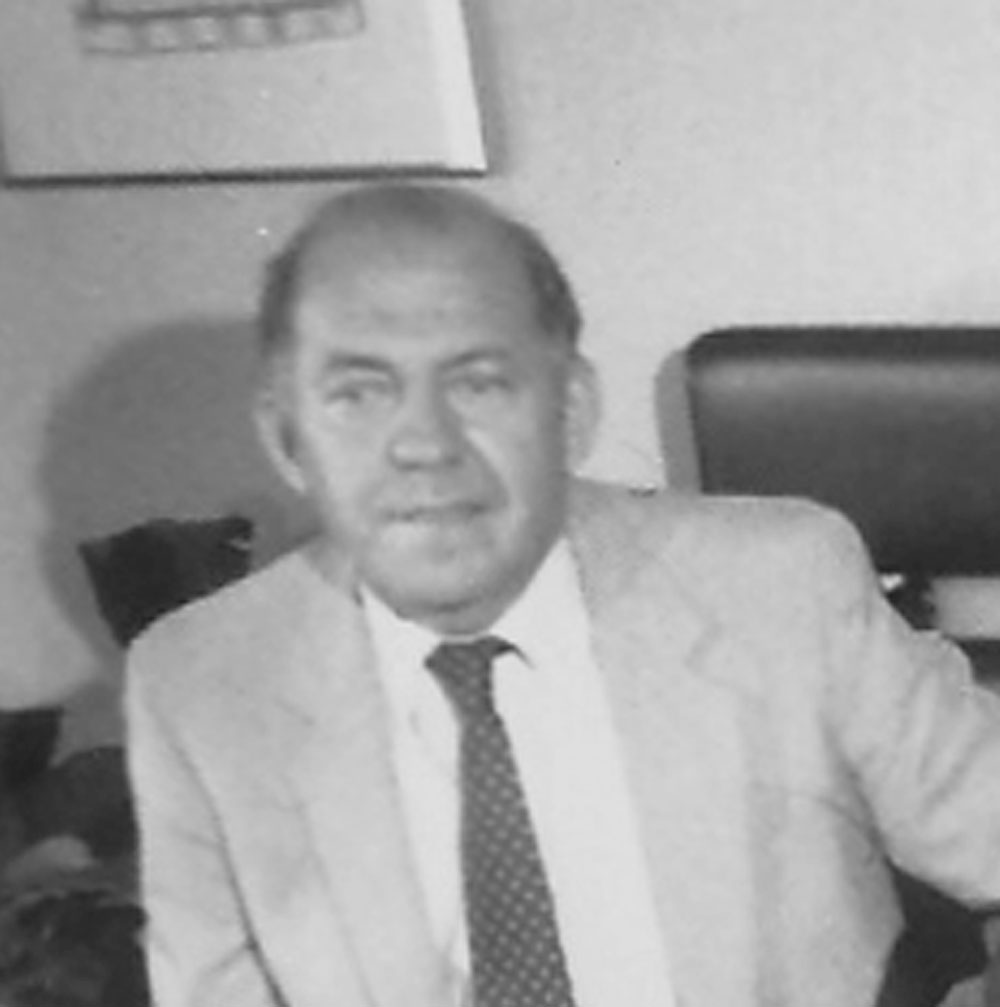
Ulf Pacher (1969 - 2000)
Ulf Pacher began working for the Information Service under Dr. Otto Zundritsch in 1969. At that time the office was quite small. Occasionally people from the outside were asked to contribute articles for Austrian Information. In the 1950’s and 60’s, before Ulf Pacher joined the team, journalists such as Hugo Portisch or Hans Janitschek, later New York correspondent for the Kronen Zeitung and Secretary General of the Socialist International in the 1970s, were also involved with the publication.
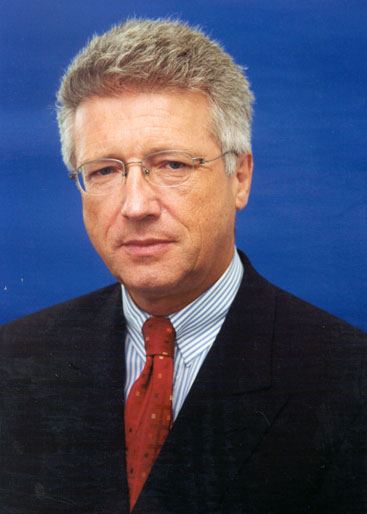
Wolfgang Petritsch (1984 - 1992)
Dr. Wolfgang Petritsch had served as Federal Chancellor Kreisky’s Press Spokesman before he was assigned to New York as Director of the Press and Information Service in 1984. “When I came to New York,” Petritsch recalls that times were relatively quiet in comparison with the Kreisky Era, when there was occasional controversy in the press. That was nothing compared to what was to follow: First the news about the cache of Nazi-looted paintings in Mauerbach (these paintings had remained after WWII in a monastery outside Vienna and had not been restituted to the owners partly due to the rather unprofessional and reluctant efforts by the local authorities to track down the owners). Another was the so-called “wine scandal” where millions of gallons of Austrian wine suspected of being laced with diethylene glycol had been removed from stores in Austria and countries around the world, including the United States.
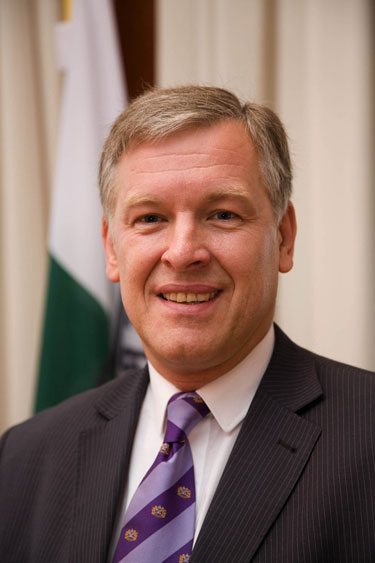
The Press and Information Service in Washington
Martin Eichtinger (1992-1999)
In August 1992, the Austrian Press and Information Service relocated from New York to the newly constructed Austrian Embassy in Washington, D.C. The two publications, Austrian Information (monthly) and Economic News from Austria (quarterly) were continued from the new location. At times, the subscriber base reached about 20,000 people. As Martin Eichtinger recalls, the big challenge for the Press and Information Service in his time was the introduction of new media. “In particular, the Internet proved to be of great importance for our work. After posting some articles in discussion groups, we established the first website of an Austrian Embassy worldwide at www.austria.org, which still remains the web address of the Austrian Press and Information Service and the Austrian Embassy in Washington, D.C
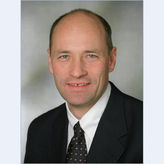
Martin Weiss (1999-2001)
Martin Weiss, who had worked at the Austrian Embassy in Washington as Counselor for Political Affairs and Public Diplomacy since 1997, succeeded Martin Eichtinger in 1999 upon his return to Vienna. It was the end of the Clinton era and the greatest challenge at the time was dealing with the international disapproval of the coalition government formed between the conservative People’s Party and the Freedom Party, whose contested leader Jörg Haider had been strongly criticized in the international news. Whereas the head of the Press and Information Service normally pursued the media looking for coverage, in those days the Embassy witnessed an enormous interest on the part of the U.S. media. The Ambassador was invited to Jim Lehrer’s News Hour, NBC News, ABC News and CNN for interviews and, as Martin Weiss recalls, “we had more interview requests than we had ever wished for – I guess this is what they mean when they say there’s no news like bad news.”
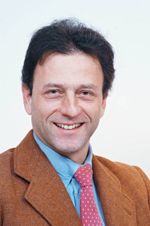
Christoph Meran (2002 - 2006)
Christoph Meran, who succeeded Martin Weiss as head of the Press and Information Service at the Austrian Embassy in Washington in 2002, organized an interfaith Passover Seder evening at the Austrian Embassy in March of that year which brought together three generations of representatives from the Christian, Jewish and Islamic communities of Greater Washington. The event emphasized the role of communities in building peace and dialogue beyond the complex political obstacles of the Peace Process. The urgency of the message was underscored by the tragic coincidence of this celebration with the Passover massacre in the Park Hotel at Netanya, Israel, a suicide bombing carried out by a Palestinian militant on March 27, in which 30 Israeli civilians were killed.
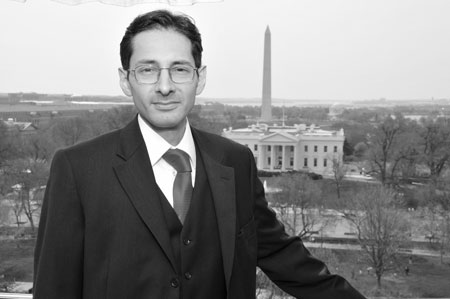
During the last two years, international interest in the U.S. presidential election campaign has been enormous, making headlines in Europe and attracting a throng of journalists. These years were also marked by significant developments in the media industry, including the rise of new media. The increased significance of the internet and of new media technology has required adapting to this new environment by developing opportunities such as an Austria-Facebook, an initiative launched this year by the Austrian Press and Information Service.
